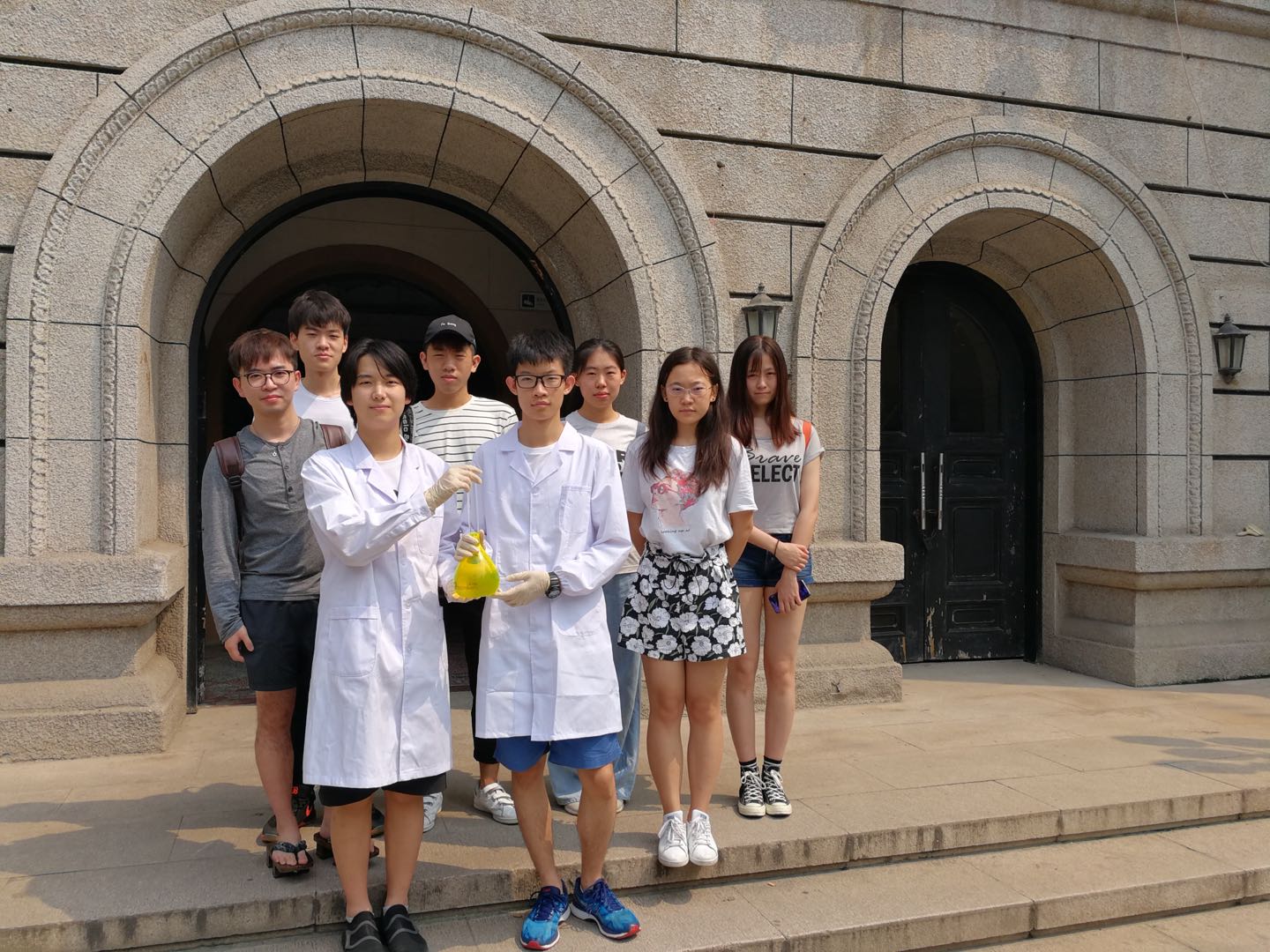| Line 93: | Line 93: | ||
<h1>Here are details——<span>Materials/Discussion/Conclusion</span>. Results are as follows.</h1> | <h1>Here are details——<span>Materials/Discussion/Conclusion</span>. Results are as follows.</h1> | ||
<div class="pad15"></div> | <div class="pad15"></div> | ||
| − | <a href="https://static.igem.org/mediawiki/2018/7/71/T--UST_Beijing--interlab.pdf" class="btn btn-info btn- | + | <a href="https://static.igem.org/mediawiki/2018/7/71/T--UST_Beijing--interlab.pdf" class="btn btn-info btn-large btn-rounded">results</a> </div> |
</div> | </div> | ||
</div> | </div> | ||
Revision as of 13:55, 12 October 2018
Materials
- Plate reader: PerkinElmer EnSpire - 96 well plates (transparent plates with clear flat bottom) - Devices: Positive control:BBa_I20270 Negative control: BBa_R0040 Device 1: BBa_J364000 Device 2: BBa_J364001. Device 3: BBa_J364002 Device 4: BBa_J364007 Device 5: BBa_J364008 Device 6: BBa_J364009 - Fluorescein (provided in kit) - 10ml 1xPBS pH 7.4-7.6 (phosphate buffered saline) - 300 μL Silica beads - Microsphere suspension (provided in kit, 4.7x10^8 microspheres) - 1ml LUDOX CL-X (provided in kit) - ddH2O
Conclusion
Both Device 2 and Device 4 showed higher fluorescence values than other Devices, and Device 2 is the best. The fluorescence result of Device 3 is the lowest, still higher than negative control though.



